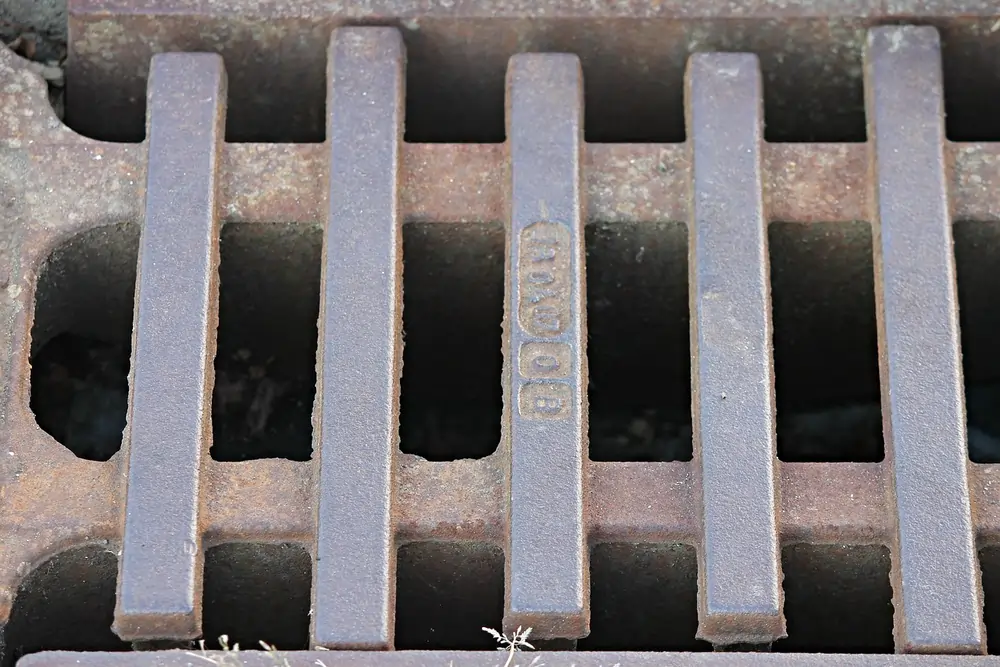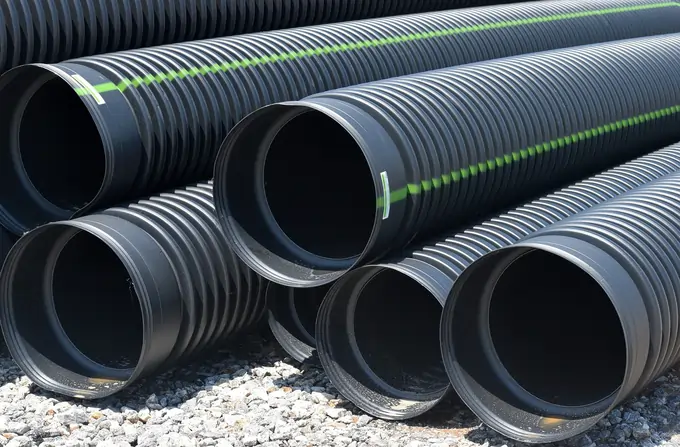Every year, water damage costs US homeowners over $13 billion in repairs. A properly designed drainage channel system could prevent most of these costly disasters. But here’s the shocking truth: 65% of homeowners don’t understand how their drainage systems work until it’s too late.
Drainage Channel
When it rains, it pours—literally! If you’ve ever seen water pooling in your yard or driveway, you know just how crucial proper drainage can be. Drainage channels are vital components that help redirect excess water away from areas where it can cause damage. In this guide, we’ll dive deep into how these channels work, why they’re important, and how you can install and maintain them effectively. Ready to keep your property safe and dry? Let’s get started!
What Are Drainage Channels?
Drainage channels are engineered pathways that direct and control water flow away from structures and landscapes. These critical components of water management systems have evolved from simple ditches to sophisticated urban drainage systems that protect our homes and cities.
The stakes are high – just one inch of flooding can cause $25,000 in damage to your home. That’s why understanding modern drainage solutions isn’t just helpful – it’s essential for protecting your property.
How Drainage Channels Work

Alright, so channel drains are these nifty things that help keep your patio or pool decks from turning into a swamp. They come in a variety of materials like plastic or fiber-reinforced concrete, and they’re super durable. You might find a plastic channel drain or even a spee-d® channel in residential and commercial applications.
These linear drainage systems are designed to handle heavy loads, so they’re perfect for commercial spots or your garage. With channel drainage, you can manage surface water like a pro. The nds pro series channel and duty channel are simple to install, and they come in sections that you just screw together.
You’ll need to think about the width and level of your deck or garage when setting them up. Plus, don’t forget end caps and a good drain outlet. For maintenance, keep those plastic grates clean, and you’re golden. These systems are super modular, making them a breeze to fit in any drain applications.
The science behind water flow management is fascinating. Water always flows downhill, and drainage channel sizing must account for:
- Volume of water flow
- Slope gradient
- Surface resistance
- Channel capacity
Modern drainage system design uses advanced hydraulic calculations to ensure proper water movement. For example, a typical residential drainage channel can handle 25 gallons per minute – enough to prevent flooding from a moderate rainstorm.
Types of Drainage Channels
When it comes to drainage channels, there are tons of options to fit your needs. Whether you’re dealing with parking lots or just want something lightweight and easy to install at home, channel drain systems have got you covered. For a heavy duty solution, consider a Spee-D Channel or Polylok Trench that can withstand the elements.
These systems are available with drain grates in various materials like cast iron for durability or more aesthetic options depending on your preference. Linear drains offer a low profile look and are easy to install with easy connections and adapter options.
If you’re into DIY, these drain channel systems are perfect for you. They interlock efficiently and require just a trowel for basic setup. Maintenance is key to ensure they remain long lasting. Need help? You can customize and construct them to fit your space perfectly!
Different situations require different drainage solutions. Here are the main types:
- Surface water drainage
- Open channels (swales and ditches)
- Curb and gutter drainage
- Bio-swales
- Underground drainage systems
- French drains
- Infiltration systems
- Channel and trench drain systems
Each type serves specific purposes in stormwater drainage. For instance, bio-swales can remove up to 80% of sediments from runoff while providing natural filtration.
Installing a Drainage Channel
Proper installation is crucial for effective drainage pipe installation. Here’s what you need to know:
- Planning Phase:
- Assess soil types and drainage capacity
- Calculate proper channel sizing
- Review local drainage laws and regulations
- Installation Steps:
- Grade the surface correctly
- Install appropriate channel liners
- Connect to existing drainage systems
Common mistakes include:
- Incorrect slope calculations
- Poor surface infiltration design
- Inadequate maintenance planning
Maintenance Tips for Drainage Channels
Regular preventative maintenance saves money and prevents disasters. Key tasks include:
- Monthly Checks:
- Clear debris from channels
- Inspect grate options
- Check for damage
- Seasonal Maintenance:
- Clean catch basins
- Test water flow
- Clear vegetation
Environmental Impact
Modern sustainable drainage practices focus on:
- Water conservation
- Erosion control
- Groundwater management
Case Study: A Seattle neighborhood reduced flooding by 94% after implementing proper drainage channel landscaping with permeable surfaces.
Conclusion
In summary, understanding how drainage channels work is crucial for any homeowner or property manager. Properly installed and maintained drainage systems can save you from expensive water damage and keep your landscape thriving. Don’t wait until the next storm hits—evaluate your drainage needs today! Have any experiences or tips about drainage channels? Share them in the comments below!
Remember: When it comes to water management, prevention is always cheaper than repair. Don’t wait for a flood to think about your drainage needs.

